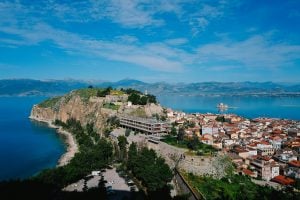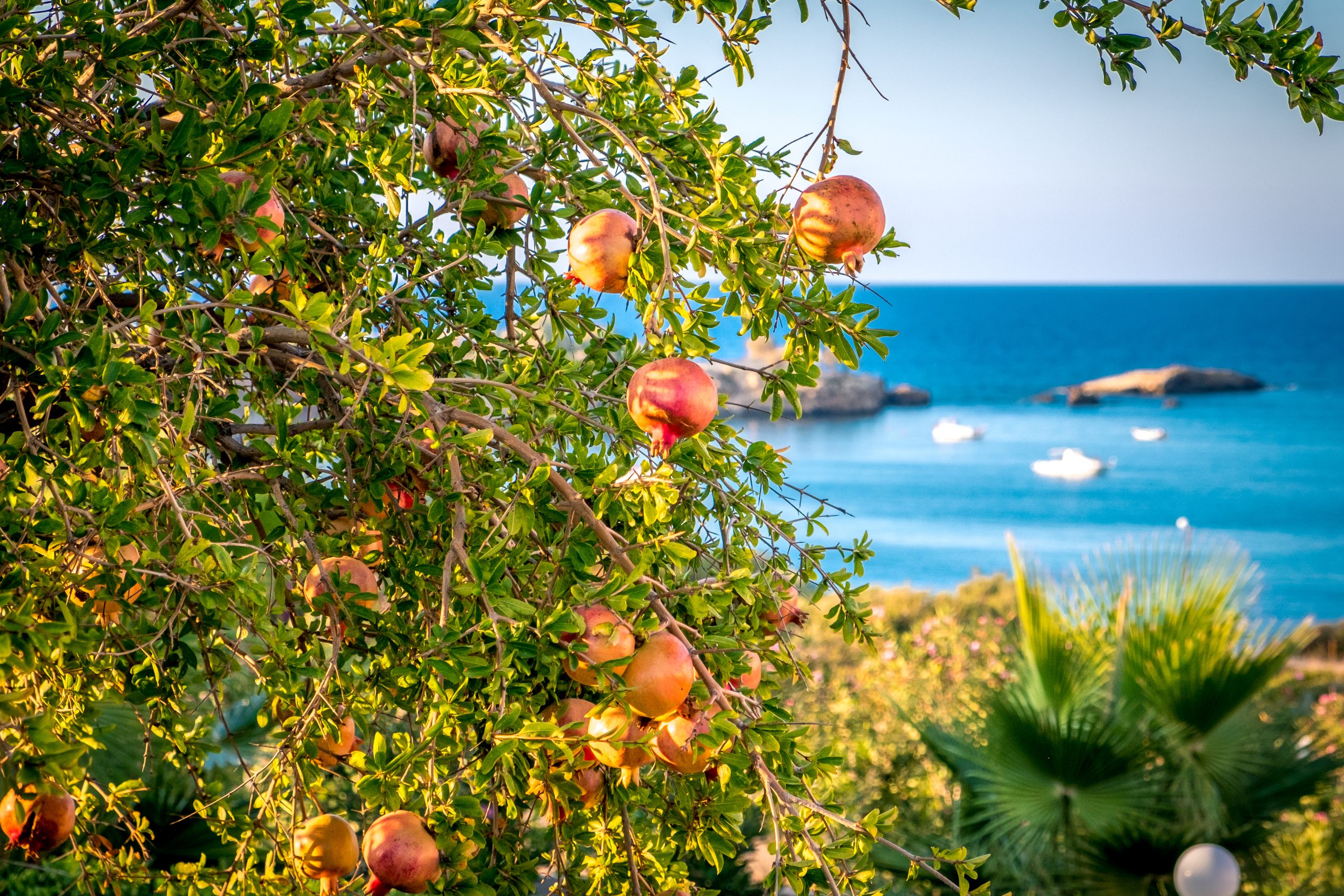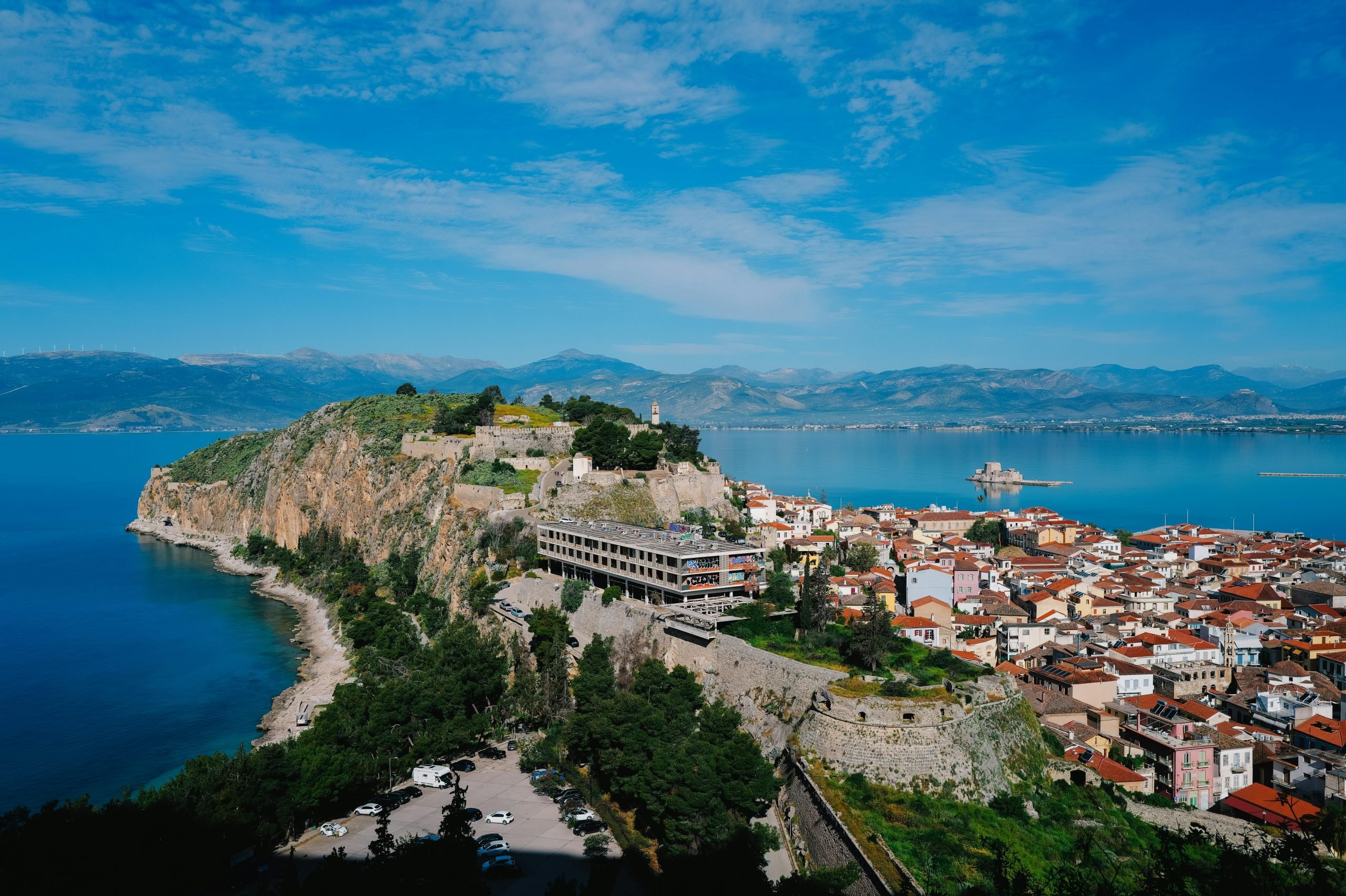What would you do if you were building a home and stumbled upon an Ancient Greek mosaic? This August, workers digging a water line on the island of Evia in Central Greece accidentally found an ancient pebble mosaic. Is it really that easy to find a pebble mosaic in Greece? In this article, we show you the best places to see pebble mosaics in Greece.

The pebble mosaic found in Evia featured a house of the Late Classical period, from the middle of the 4th century. The pebbled flooring shows two Satyrs, the mythical characters from ancient Greece. One is young and plays a double flute, and the other has a beard, is older, and likely was dancing to the music.
Can you guess what the house was used for? Experts say that back in Ancient Greece, it could have been a vacation home. The Satyrs are shown in a cheerful mood, which means the house was probably a place for music.
This would make sense because the house is estimated to come from the 4th century BC – a time when luxurious private homes started to appear in the town of Eretria in Evia.

What is a Pebble Mosaic?
A mosaic is a picture made up of small colored stones. During the Hellenistic and Roman periods, mosaics were a form of art and were used to add a creative touch to floors and courtyards of public and private areas — usually the homes of aristocrats.

Where Can I Find Pebble Mosaics in Greece?
Pebble Mosaics in Rhodes
Rhodes is the most well-known place in Greece see mosaics, especially at the Achaeological Museum of Rhodes, which is housed in a 15-century military building and holds many carefully preserved mosaics.
However, it’s not just in museums you will find these famous mosaics in Rhodes – but also in the streets of Rhodes’s towns. In the medieval towns of Rhodes, you will see pebble mosaics covering pavements, decorating store entrances, and bringing color to cafe floors.
The beauty of the art of pebble mosaics in Rhodes is that you don’t need to lean over a barrier to get a closer view of them at archeological sites, because they are all over the place. Many are scattered in the paths of the city and left to be exposed to the weather.

Pebble Mosaics in Kos
Kos is a hiddle gem for art lovers in Greece, and for centuries it was known for its elaborate mosaic makers. It has been overshadowed by Rhodes nowadays. On the Dodecannese island of Kos, you will find a number of mosaic floors and decorations in Kos’s Archaeological Museum.
Some of the most famous pieces are displayed in the Palace of the Grand Masters in Rhodes and also in museums in Istanbul. Think about that when you see a forgotten footpath in Kos adorned with pebbles – this could be in a museum!
Kos is the second-largest of the Dodecanese islands, the group of Greek islands in the southeast of Greece. Kos is best-known for its pristine beaches and renowned hotels.

Pebble Mosaics in Pella
The most important group of mosaics in Nothern Greece is found in Pella, which today is near Thessaloniki. In the 4th century BC, Pella was the capital of the Macedonian kingdom. The mosaics found in the Archaeological Museum of Pella are mainly from the 4th century BC and were found from two villas of the ancient city. The most famous is a mosaic of men hunting a deer.
The Archaeological Museum of Pella opened in 2009 and already attracts visitors from all over the world to this small village. The museum features temporary exhibitions, educational programs, lectures, conferences, and cultural events.

Where are the Newest Pebble Mosaics in Greece?
You can find many new pebble mosaics in Rhodes. For example, the Moni Thari Monastery and Panagia Tsambika Monastery on Rhodes are famous for their pebble mosaics. For those who prefer a massage, the Kallithea Thermal Spa features an extensive pebble arrangement, as well as an impressive view of the Mediterranean Sea.
There are likely buried pebble mosaics scattered all over Greece, both old and new. Let us know where you discover the next unknown masterpiece!



































